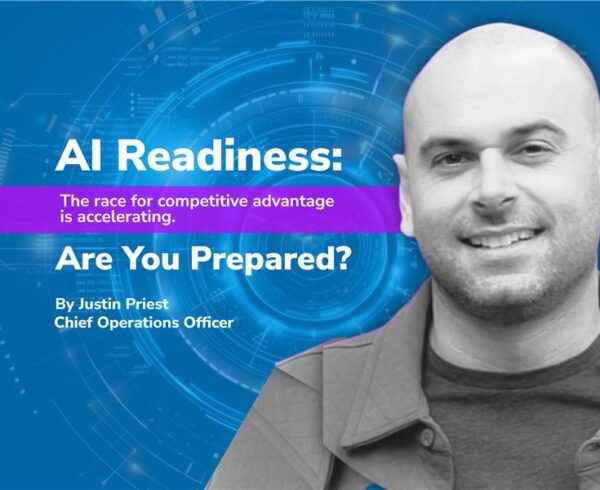“AI isn’t coming. It’s here. And the organizations that don’t adapt will be left behind.”
That line isn’t just for attention. It’s your strategic alarm bell. AI isn’t a side project; it’s fundamentally reshaping the way organizations operate. McKinsey reports that 78% of organizations now use AI in at least one business function, up from 72% earlier and that number continues to grow. Yet only about 1% of companies consider themselves “mature” in AI deployment, meaning it’s fully integrated and generating meaningful business outcomes. The difference between leaders and laggards is not access to technology, it’s strategic application.
AI Isn’t Replacing Jobs—It’s Redefining Them
One of the most misleading narratives around AI is that it leads to job loss across the board. The truth? AI reshapes roles rather than eliminates them.
-
- In industries most exposed to AI, wages are rising twice as fast at about 16.7% versus 7.9% in less exposed industries.
-
- Workers with AI skills now earn, on average, 56% more than peers without those skills up from 25% just a year prior.
-
- Additionally, roles requiring AI-related abilities are growing faster: job postings up 7.5% last year—even as total postings in other areas declined.
These numbers show that AI is elevating the value of human contributions, especially those involving judgment, adaptability, and strategic thinking.
The Playbook: 5 Steps to Compete and Win in the AI Era
Here’s the enhanced, data-backed playbook your readers will appreciate:
1. Audit Your Workflows
Visibility is the first step. Many teams are already using AI informally without your knowledge. Understand where it’s sprouting up, even in unsanctioned ways, to manage integration and governance effectively.
2. Redefine Talent Strategy
Instead of shrinking your headcount, refocus on the new capabilities required in an AI-augmented world. You need people who can validate outputs, enable orchestration, and judge AI-driven decisions.
3. Close the Leadership Blind Spot
Executives often underestimate actual AI usage magnifying the gap between policy and practice. Build a culture where leaders align governance models with real-world utilization and steer adoption safely and smartly.
4. Modernize Infrastructure
AI only delivers when built on clean data, scalable pipelines, and flexible systems. If you’re still using fragmented tech stacks or bottlenecked approvals, you’re limiting yourself.
5. Measure Business Value and Not Tool Usage
Don’t get caught chasing metrics like “how many people use AI?” Instead, focus on outcomes: time saved, revenue uplift, process improvements. That’s how AI moves from novelty to necessity.
STRATEGY IS THE DIFFERENTIATOR
ChatGPT, Copilot, and other AI platforms are accessible to any company but the advantage goes to those that build systems and teams around them. AI isn’t replacing people. It’s helping leaders elevate the work humans do. Those who rebalance talent, rebuild processes, and reorient strategy will win.






